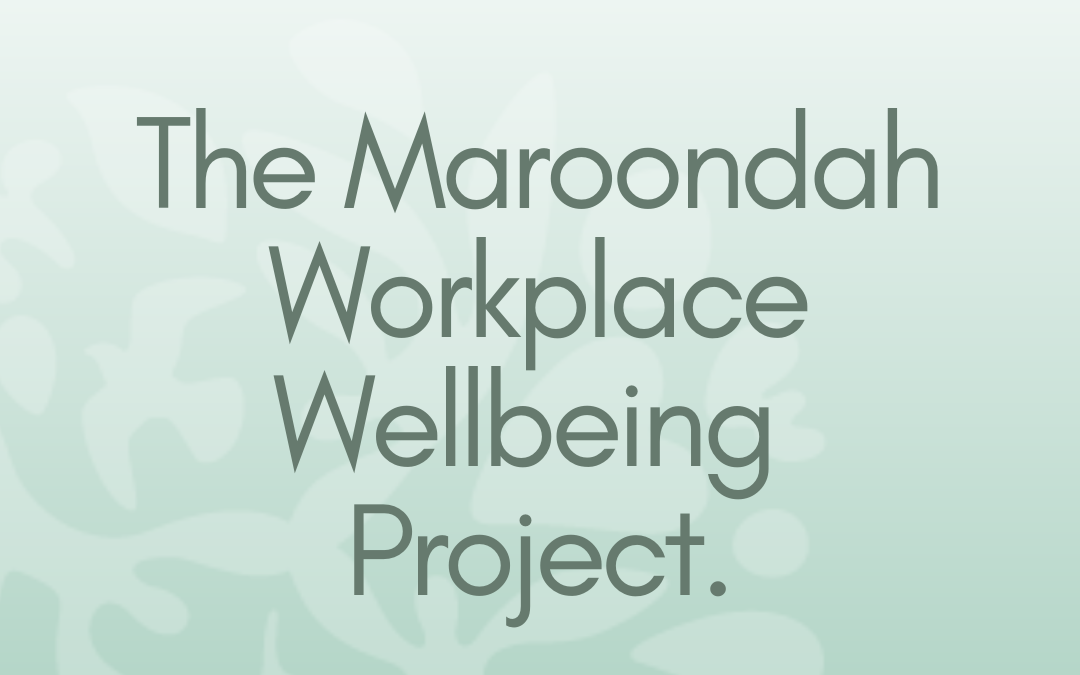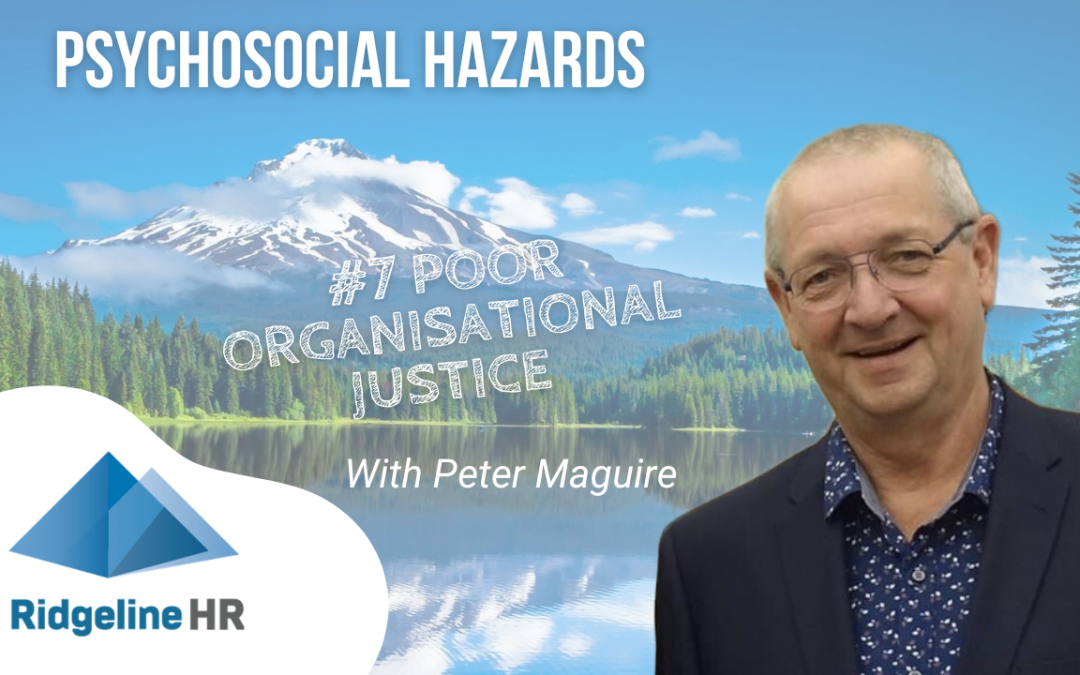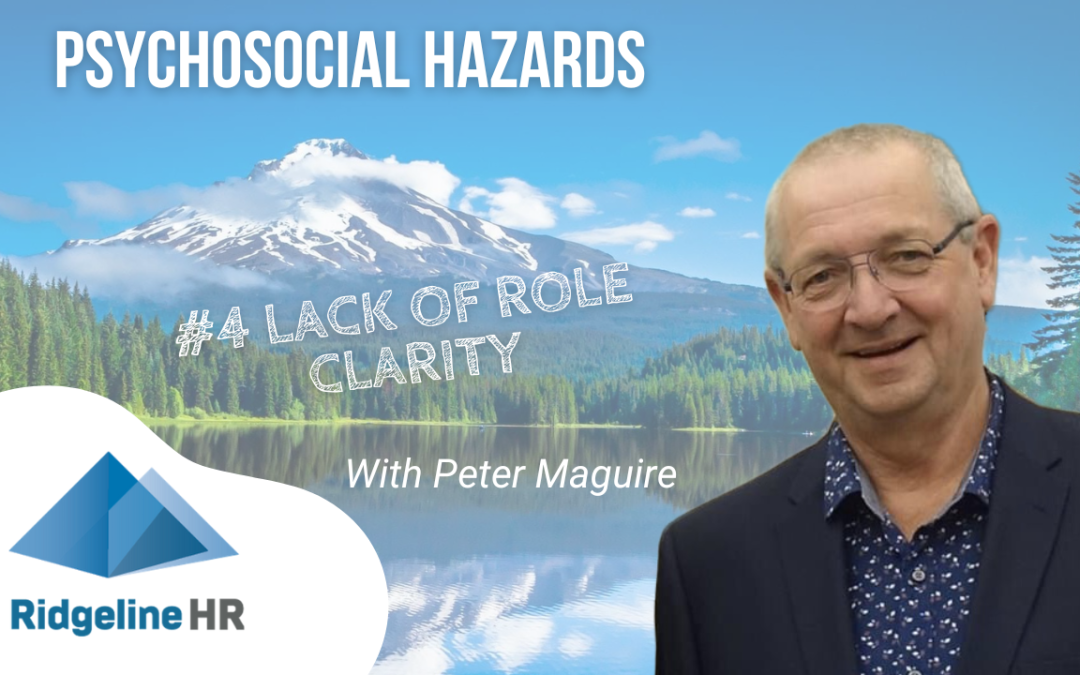
Annual leave management kit released
Latest News & Events
Annual leave management kit released

Earlier this year, a full bench of the Fair Work Commission issued orders to vary modern awards which had annual shutdown provisions in them.
Historically, when there is an annual shutdown (for example over the Christmas – New Year period), an employee who did not have sufficient annual leave to cover the closedown period was automatically placed on leave without pay for any days other than those covered. by annual leave or public holidays.
Awards generally also had a period of notice applying for employers to give employees prior advice of the dates of the shutdown generally ranging from 4 weeks to 2 months depending on the particular award.
So what has changed?
From 1 May 2023, these modern awards provide that:
- Employers must give employees written notice of the period of the shutdown at least 4 weeks/28 days prior to the shutdown (at least 2 months prior in the case of employees covered by the Building and Construction General On-site Award 2020, the Electrical, Electronic and Communications Contracting Award 2020 and the Plumbing and Fire Sprinklers Award 2020)
- That notice must also be provided as soon as is reasonably practicable after engagement for any new employee commencing within that period of notice
- Employers must provide advice in writing to each individual employee who will have to take annual leave because of the shutdown directing them to take annual leave for that period (and employees have to comply with that direction so long as it is reasonable and in writing)
- An employee who does not have sufficient annual leave to cover the closedown period may agree in writing to take leave without pay or to take annual leave in advance to cover that period of the shutdown which is not covered by annual leave.
- If the employee does not have sufficient annual leave to cover the closedown and does not agree in writing to take leave without pay or annual leave in advance, the employer has the options to either provide the employee with work for the period not covered by annual leave and public holidays or to pay then for that period without any deduction from leave entitlements.
If the employee does not have sufficient annual leave to cover the shutdown and does not agree in writing to take leave without pay or annual leave in advance, the employer has the options to either provide the employee with work for the period not covered by annual leave and public holidays or to pay then for that period without any deduction from leave entitlements.
Dealing with the effects
We have prepared an Annual Leave Management Kit to help employers to deal with what is now a very complex area of administration of employee entitlements with strict rules regarding accrual of annual leave, additional entitlements for shiftworkers, cashing in of annual leave, directions to take excessive annual leave, agreements to take annual leave in advance and the above arrangements for annual shutdowns.
There is a general version and a Construction/Trades version that is geared to the longer notification time required under construction/trades Awards.

Need help?
-
If you are looking for advice on any HR issue, give us a call on 1300 108 488 to arrange your free first consultation
CONTACT US
Ridgeline Human Resources Pty Ltd
ABN : 24 091 644 094
enquiries@ridgelinehr.com.au
0438 533 311
PARTNER LINKS
QUICK RESOURCE LINKS










